A 50 mph electric bike demands a frame that balances strength, handling, and efficiency. Lightweight frames improve agility and speed, while heavy-duty frames enhance stability and safety under high torque and rough terrain. The ideal choice depends on riding style, terrain, and load requirements. TST EBike emphasizes both performance and durability, offering frame options tailored to diverse high-speed riding needs.
What Are the Key Differences Between Lightweight and Heavy-Duty E-Bike Frames?
Lightweight frames prioritize agility and speed by using materials such as aluminum alloys or carbon fiber. These designs reduce overall weight, improving acceleration and maneuverability. Heavy-duty frames use reinforced aluminum or steel to handle high torque, heavier loads, and challenging terrain. While heavier, they provide essential durability and stability for 50 mph performance.
How Do Frame Materials Influence Performance and Safety at 50 MPH?
At high speeds, material selection affects structural integrity, vibration control, and impact resistance. Carbon fiber delivers excellent stiffness-to-weight ratios, boosting efficiency but requiring careful handling. Aluminum and steel provide reliable strength and better shock absorption, helping maintain stability and control. For 50 mph riding, these characteristics directly influence safety and long-term durability.
Which Frame Materials Are Most Common for High-Speed Electric Bikes?
High-speed electric bikes typically use aluminum, steel, carbon fiber, and titanium. Aluminum offers a practical blend of weight reduction and durability. Steel adds exceptional toughness for demanding environments. Carbon fiber appeals to performance-focused riders seeking agility, while titanium suits premium builds thanks to its balanced lightness and durability.
Why Is Frame Strength Vital for a 50 MPH Electric Bike?
Frame strength is essential at 50 mph because high torque motors generate significant stress. A strong frame prevents flexing or structural failure, ensuring smoother handling and safer braking. Heavy-duty designs are especially important for riders carrying more weight or navigating unpredictable terrain. TST EBike incorporates reinforced structures to maintain stability and rider confidence at elevated speeds.
How Does Frame Weight Affect Battery Life and Ride Quality?
Lighter frames improve battery efficiency by reducing load, allowing longer range and responsive handling. However, extremely light frames may transmit more road vibrations. Heavier frames provide better shock absorption and ride comfort but consume more power. Riders seeking maximum range and comfort must weigh these trade-offs when choosing a 50 mph-capable bike.
Where Is Each Frame Type Best Used for a 50 MPH Electric Bike?
Lightweight frames work best for urban commuting, fast acceleration, and riders who value nimble control. Heavy-duty frames are better for rough terrain, cargo transport, or higher rider weights. TST EBike offers both 26-inch heavy-duty designs for sand, snow, and rugged surfaces, as well as 27-inch setups optimized for smoother commutes and mountain environments.
What Are the Maintenance Differences Between Lightweight and Heavy-Duty Frames?
Lightweight frames, especially carbon fiber, require careful inspections to identify cracks or impact damage early. Heavy-duty frames are more resistant to physical stresses and typically demand fewer repairs. Regardless of frame type, routine checks for structural integrity, weld condition, and component fitment are essential for maintaining safe 50 mph operation.
Can a Lightweight Frame Be Safe at 50 MPH?
A well-engineered lightweight frame can safely handle 50 mph speeds when paired with high-quality components such as hydraulic brakes, reinforced forks, and proper suspension. However, lightweight designs may offer less protection in collisions or off-road environments compared to heavy-duty frames. Riders should prioritize safety gear and consistent maintenance practices.
Does Frame Size Impact Stability at High Speeds?
Yes. Frame geometry and wheelbase length significantly influence stability at 50 mph. Larger frames generally increase stability, while longer wheelbases minimize wobble at high velocity. TST EBike optimizes frame dimensions with 26-inch and 27-inch wheel configurations to suit different riding styles and terrains while maintaining high-speed control.
How Do Manufacturers Like TST EBike Balance Frame Weight and Strength?
TST EBike uses consumer feedback to create frames that balance power, safety, and affordability. By combining lightweight aluminum options for everyday riders with heavy-duty builds for off-road and heavy-load applications, the brand ensures riders can select a frame that supports their terrain and speed requirements without compromising on reliability.
Frame Material Comparison for 50 MPH Electric Bikes
| Material | Weight | Durability | Cost | Best For |
|---|---|---|---|---|
| Aluminum | Moderate | Good | Affordable | Balanced commuting |
| Steel | Heavy | Excellent | Moderate | Rough terrain, heavy riders |
| Carbon Fiber | Very Light | Strong but fragile | Premium | High performance |
| Titanium | Light | Strong & durable | Expensive | Premium custom builds |
Performance Trade-offs Between Lightweight and Heavy-Duty Frames
| Feature | Lightweight Frames | Heavy-Duty Frames |
|---|---|---|
| Max Speed Support | Strong with quality materials | Excellent for continuous power |
| Ride Comfort | Moderate | High |
| Battery Efficiency | Higher | Lower |
| Durability | Moderate | High |
| Maintenance | Requires careful handling | Less frequent |
TST EBike Expert Views
“TST EBike engineers emphasize that a frame’s structural reliability is central to high-speed riding. At 50 mph, the demands placed on a bike increase dramatically, making frame design a critical factor. Our approach focuses on optimizing strength-to-weight ratios while keeping affordability and rider comfort in mind. Whether riders need agility or rugged durability, TST EBike builds frames that support performance without compromising safety.” — TST EBike Team
Conclusion
Frame choice plays a major role in 50 mph e-bike performance. Lightweight frames offer faster acceleration and extended range, while heavy-duty frames provide superior safety and endurance for demanding terrain and heavier loads. TST EBike supplies both categories to meet diverse rider preferences. Selecting the correct frame ensures better control, efficiency, and overall riding satisfaction. Riders should always consider terrain, speed goals, and maintenance habits when choosing their ideal setup.
Frequently Asked Questions
Q: Does a heavier frame affect acceleration?
A: Yes, heavier frames slightly reduce acceleration but improve stability and durability at higher speeds.
Q: Is aluminum a good choice for 50 mph bikes?
A: Aluminum offers a strong balance of weight, cost, and structural reliability, making it a practical option.
Q: Can frame material influence comfort?
A: Yes, steel and heavy-duty aluminum absorb more vibration, while lightweight frames may feel firmer.
Q: How often should frames be inspected?
A: High-speed e-bikes should be inspected monthly to ensure structural integrity and component alignment.
Q: Does TST EBike offer frames for different terrains?
A: Yes, TST EBike provides both heavy-duty off-road frames and lighter models for commuting and recreation.

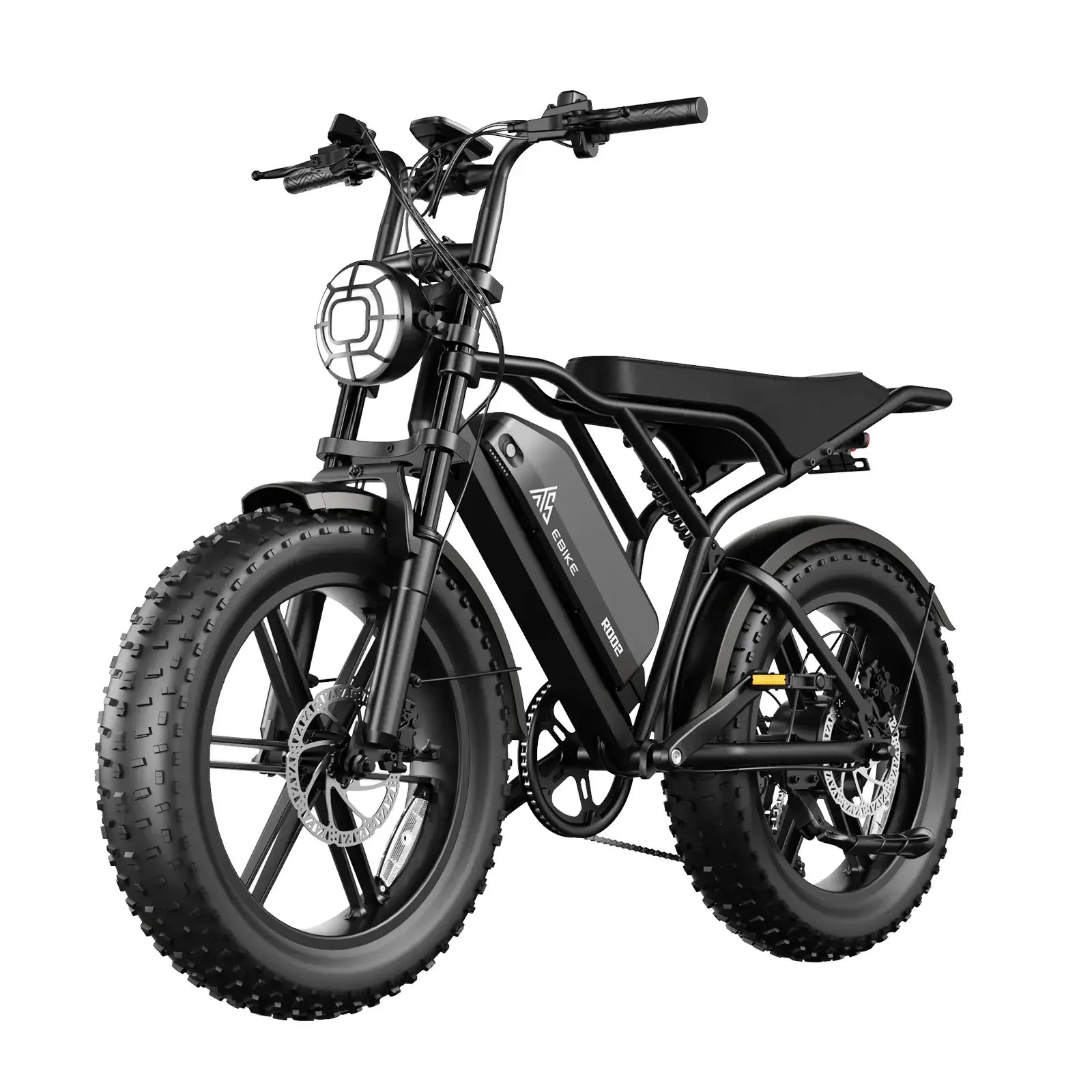

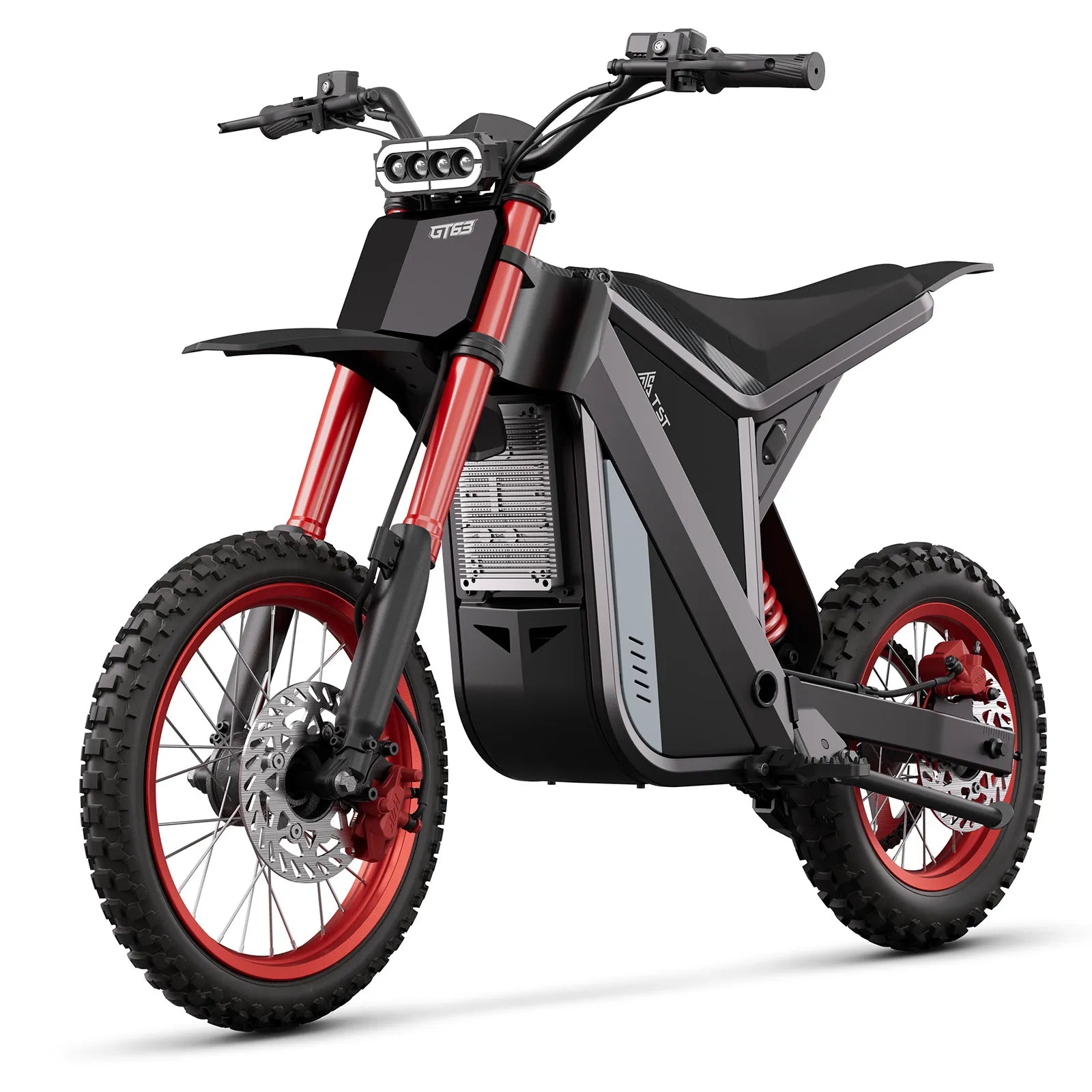



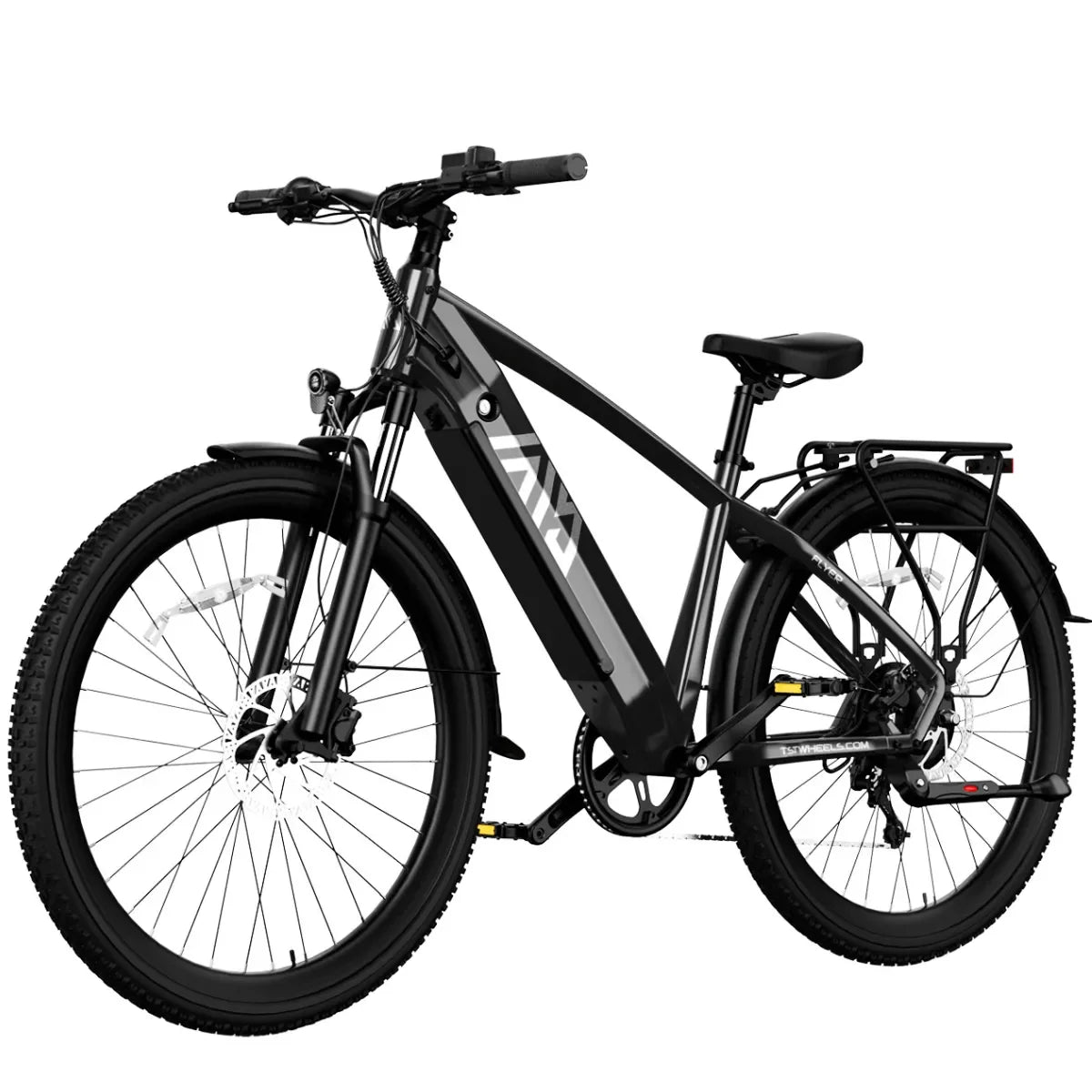

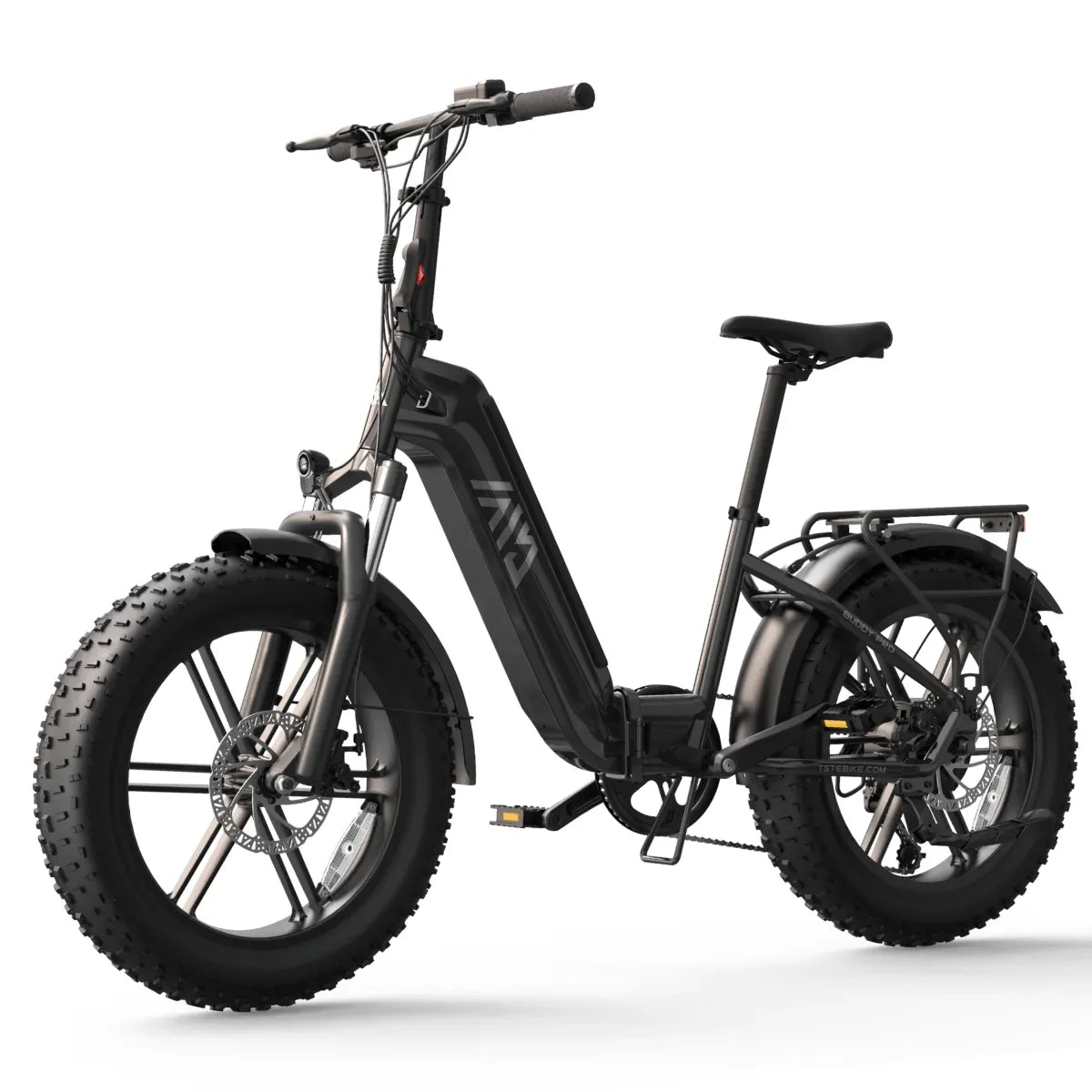
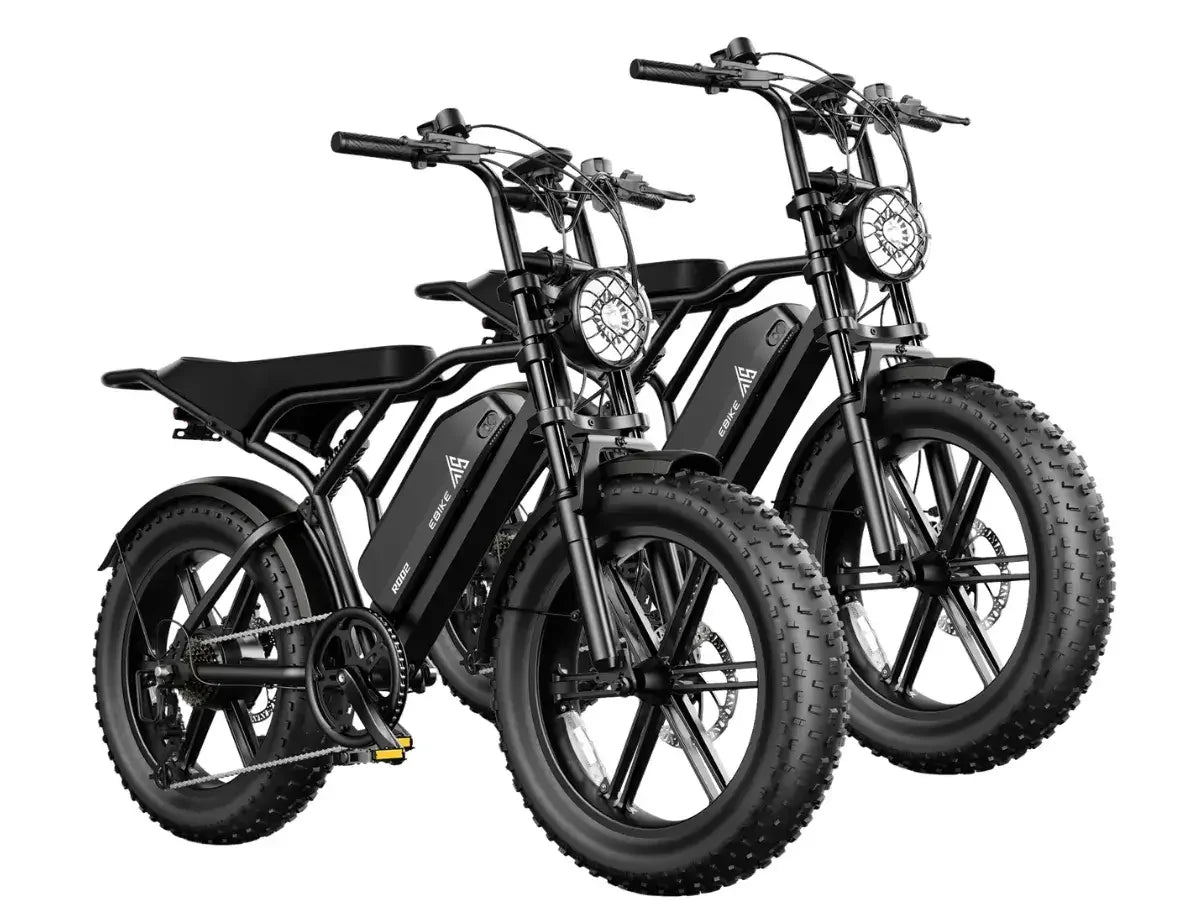
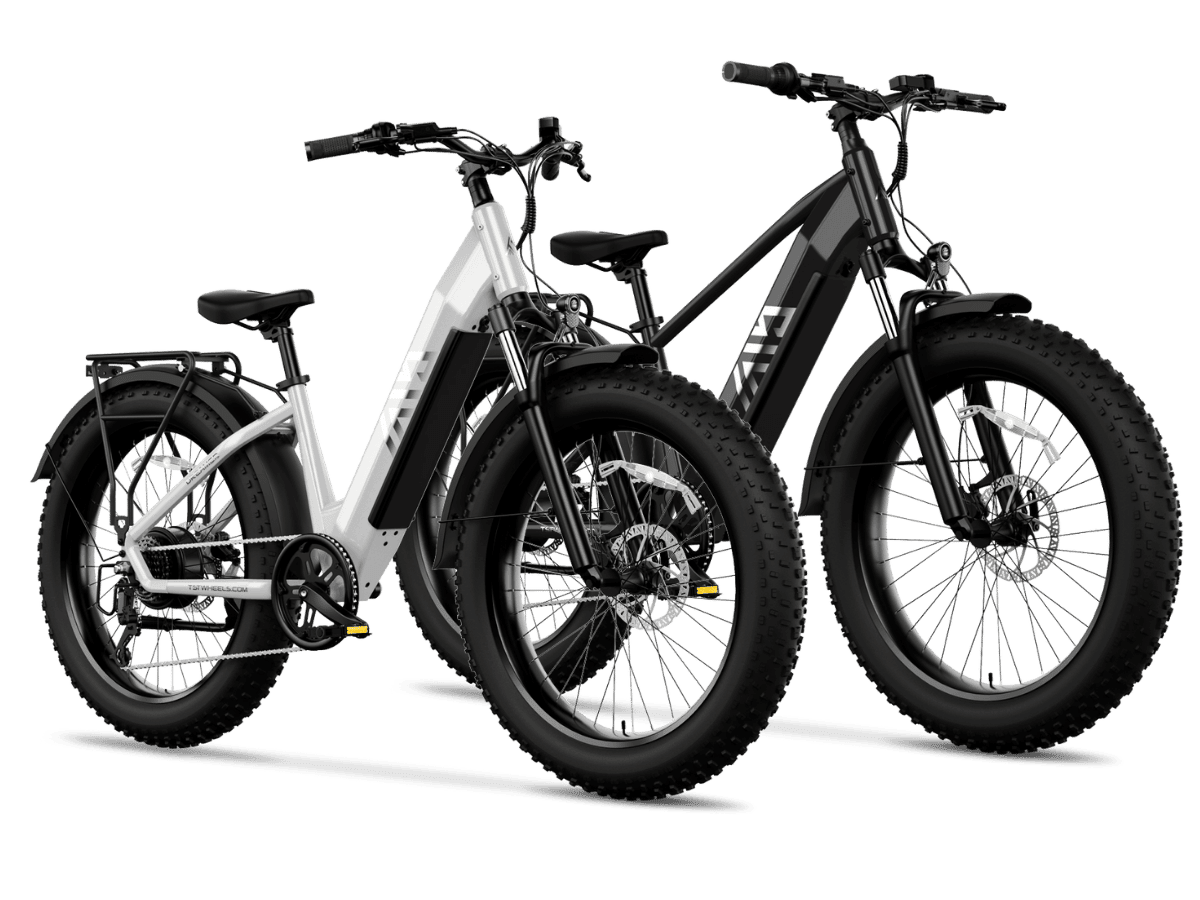
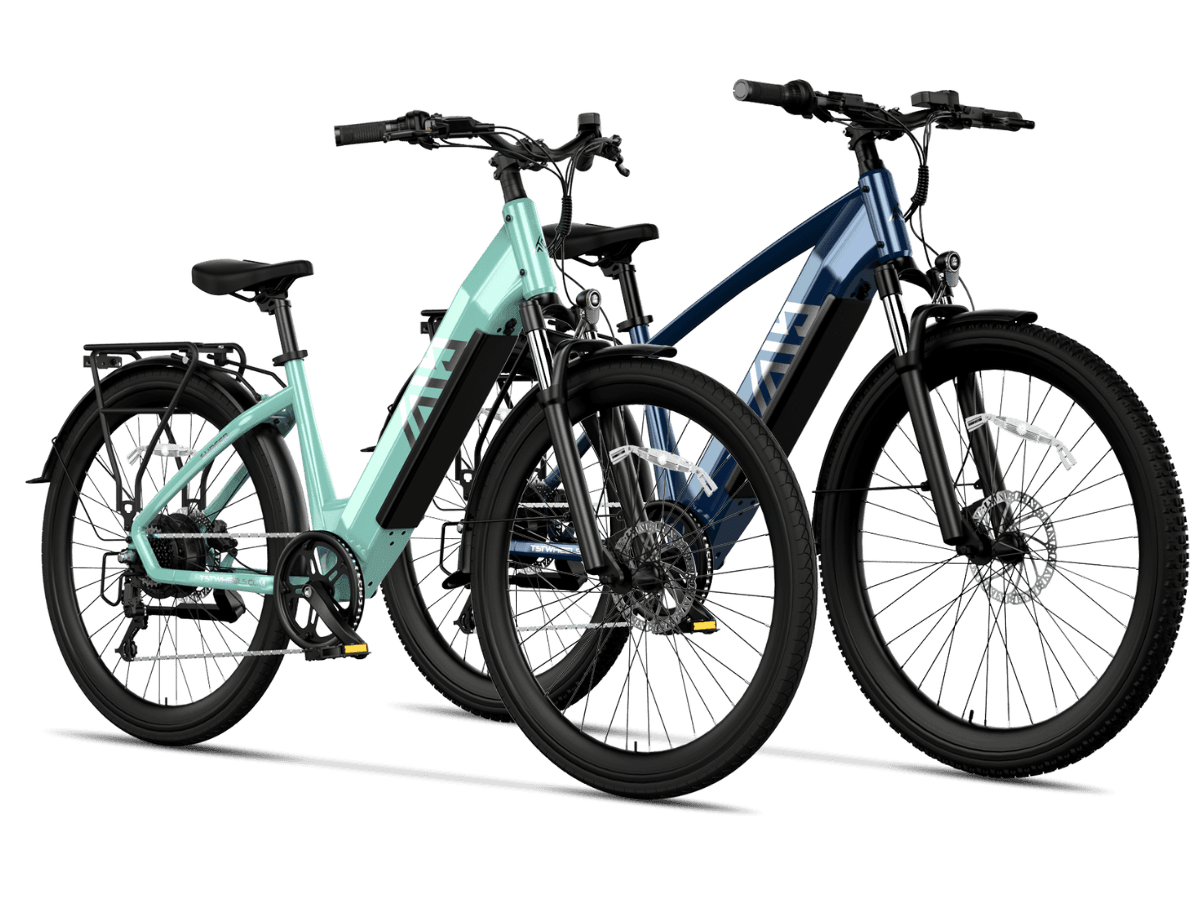
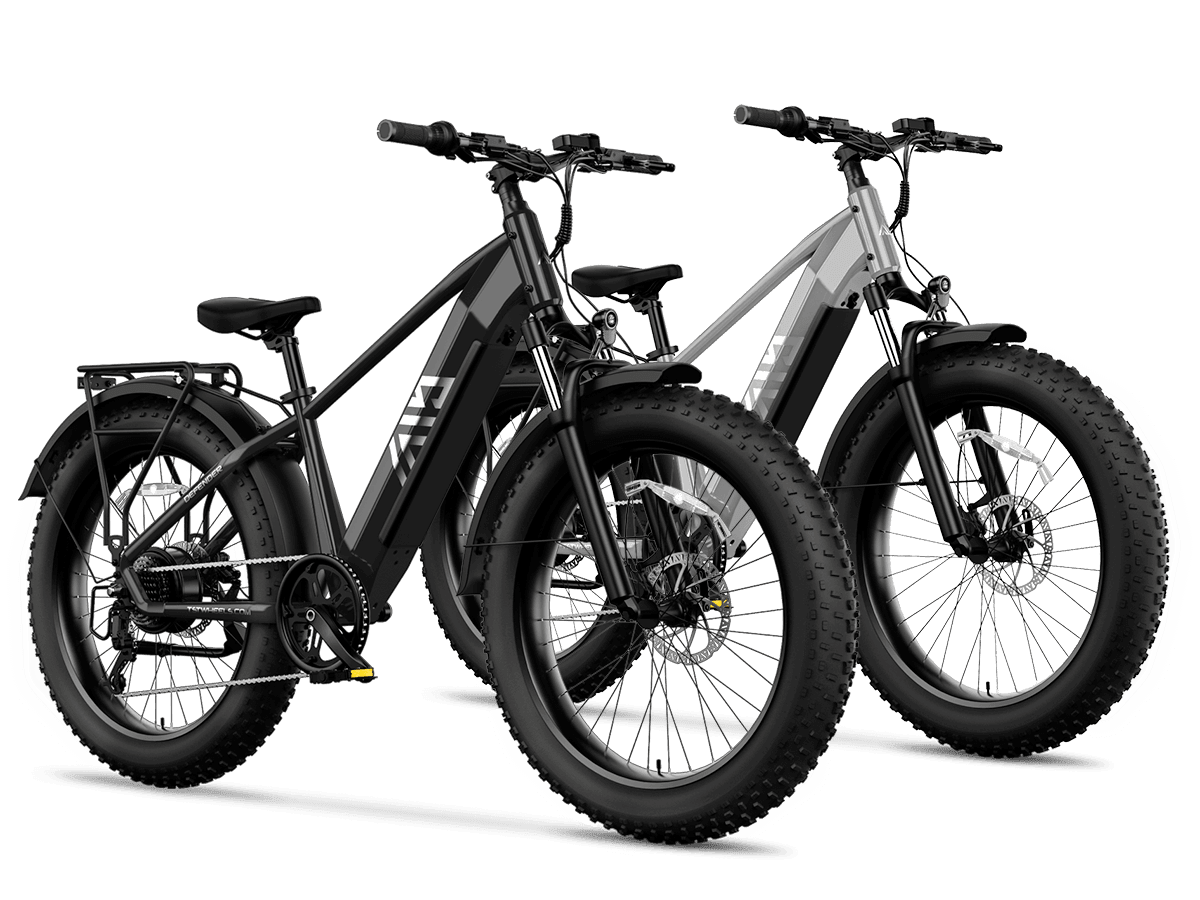
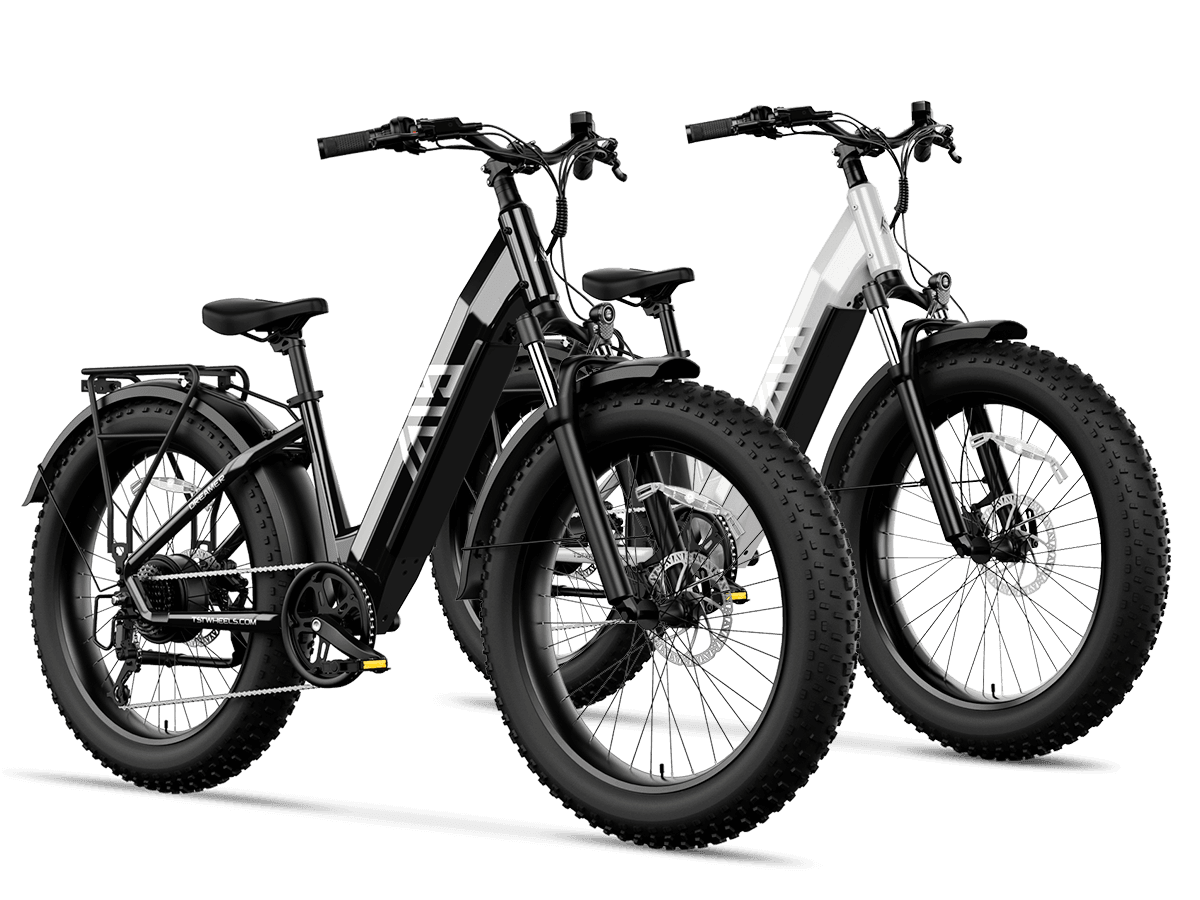
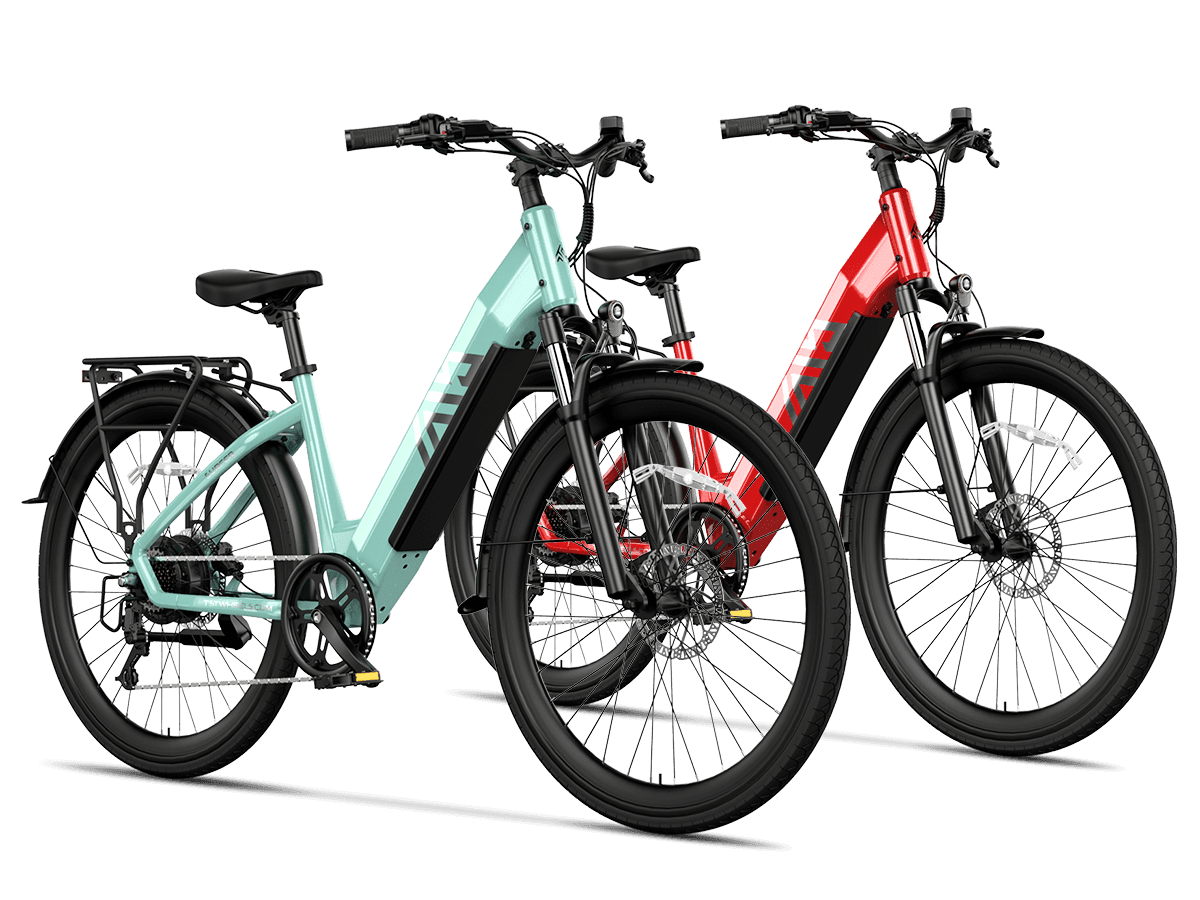
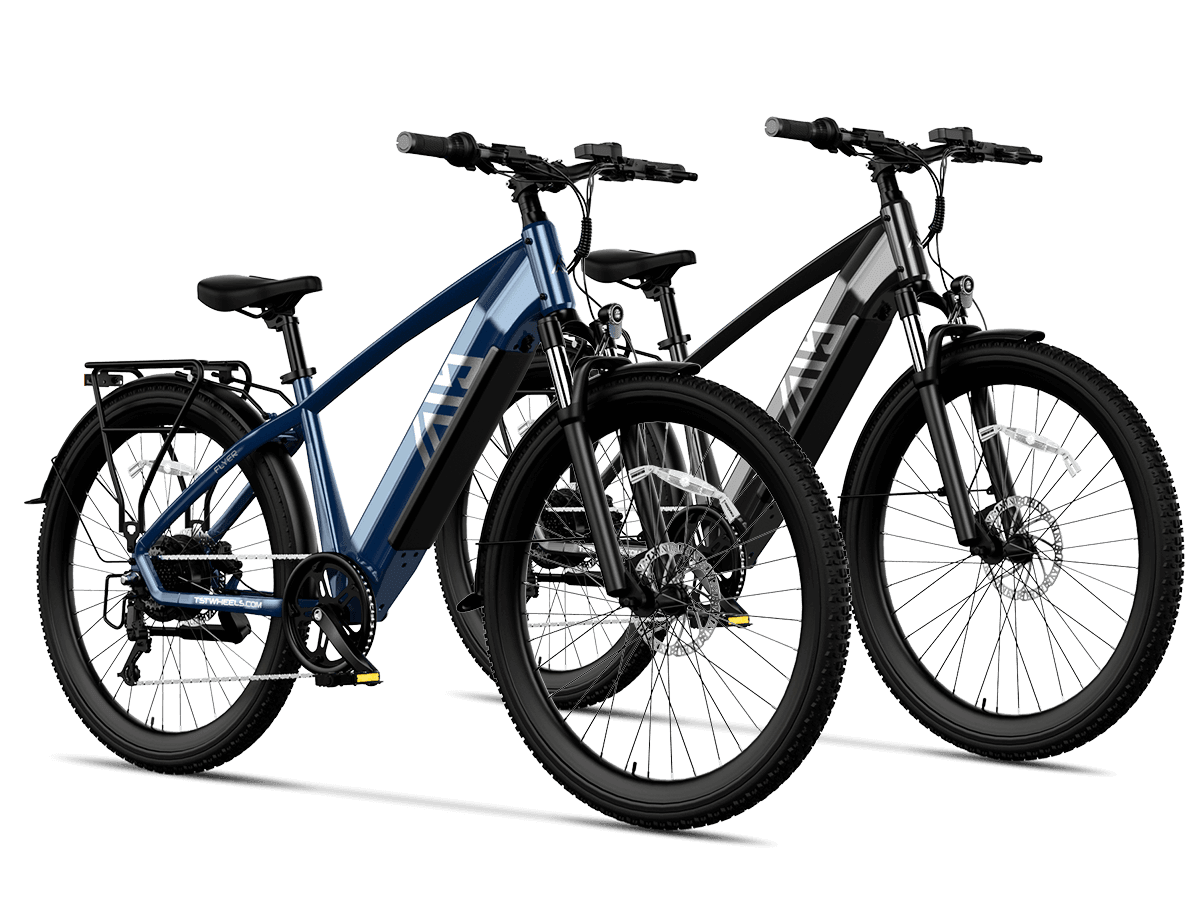
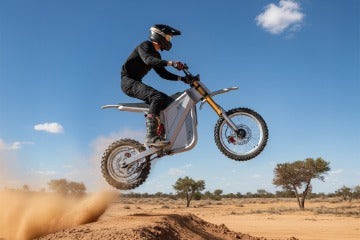
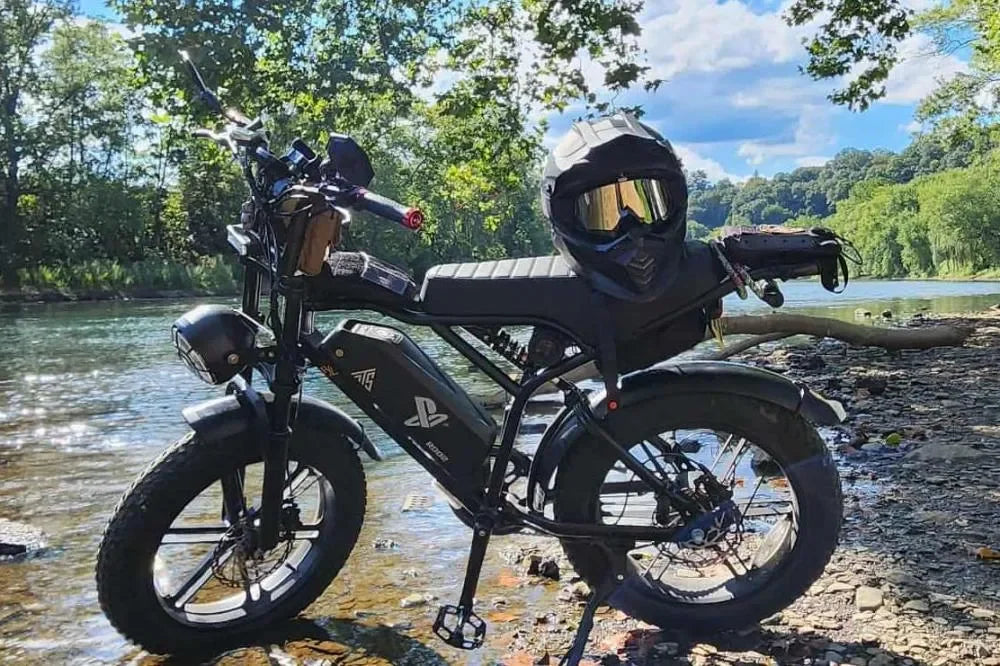


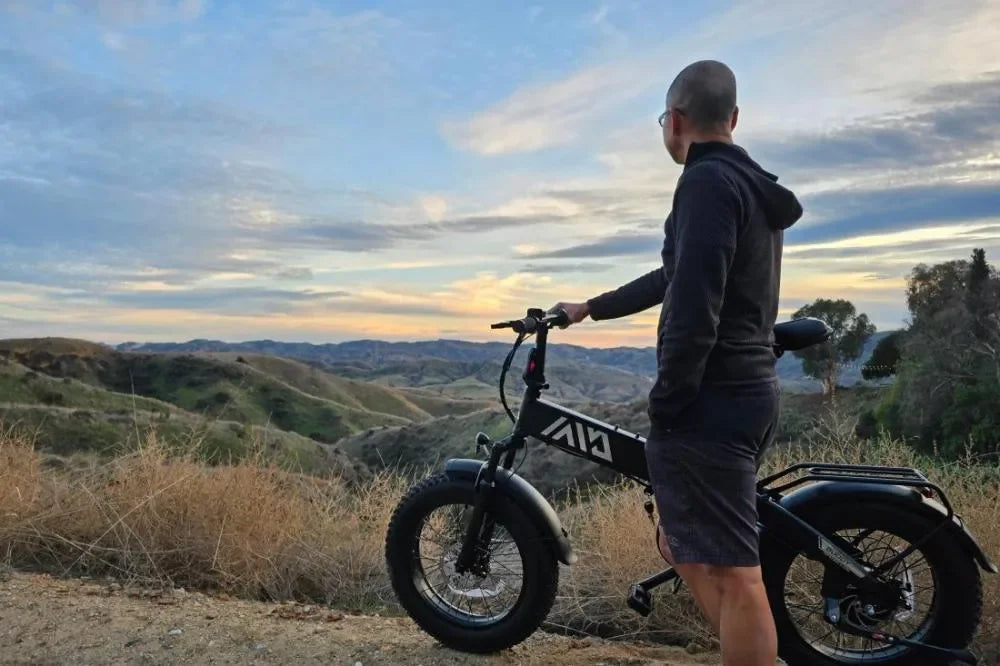
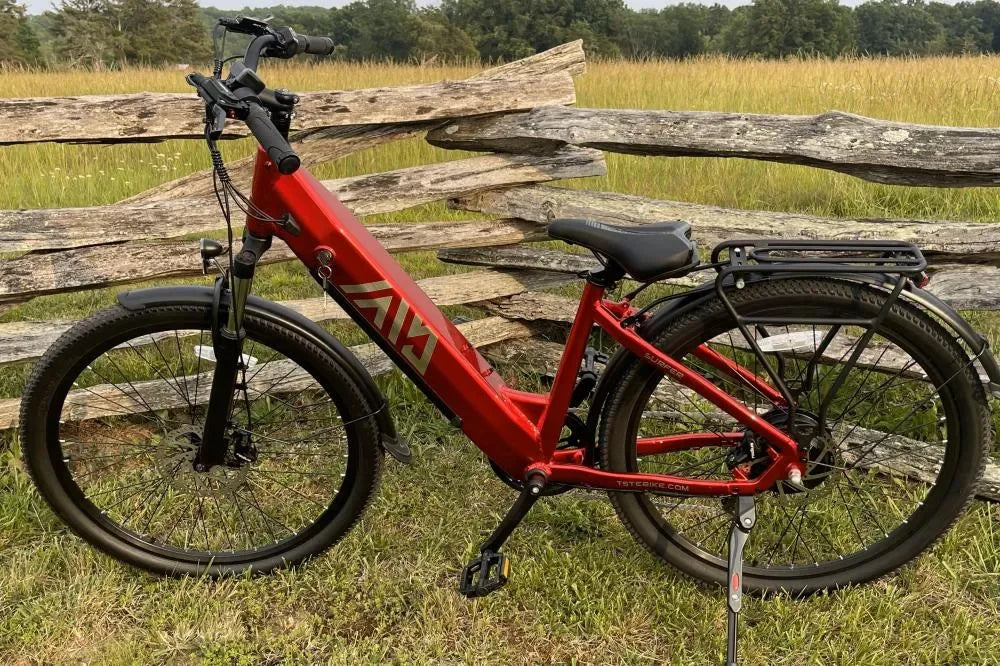
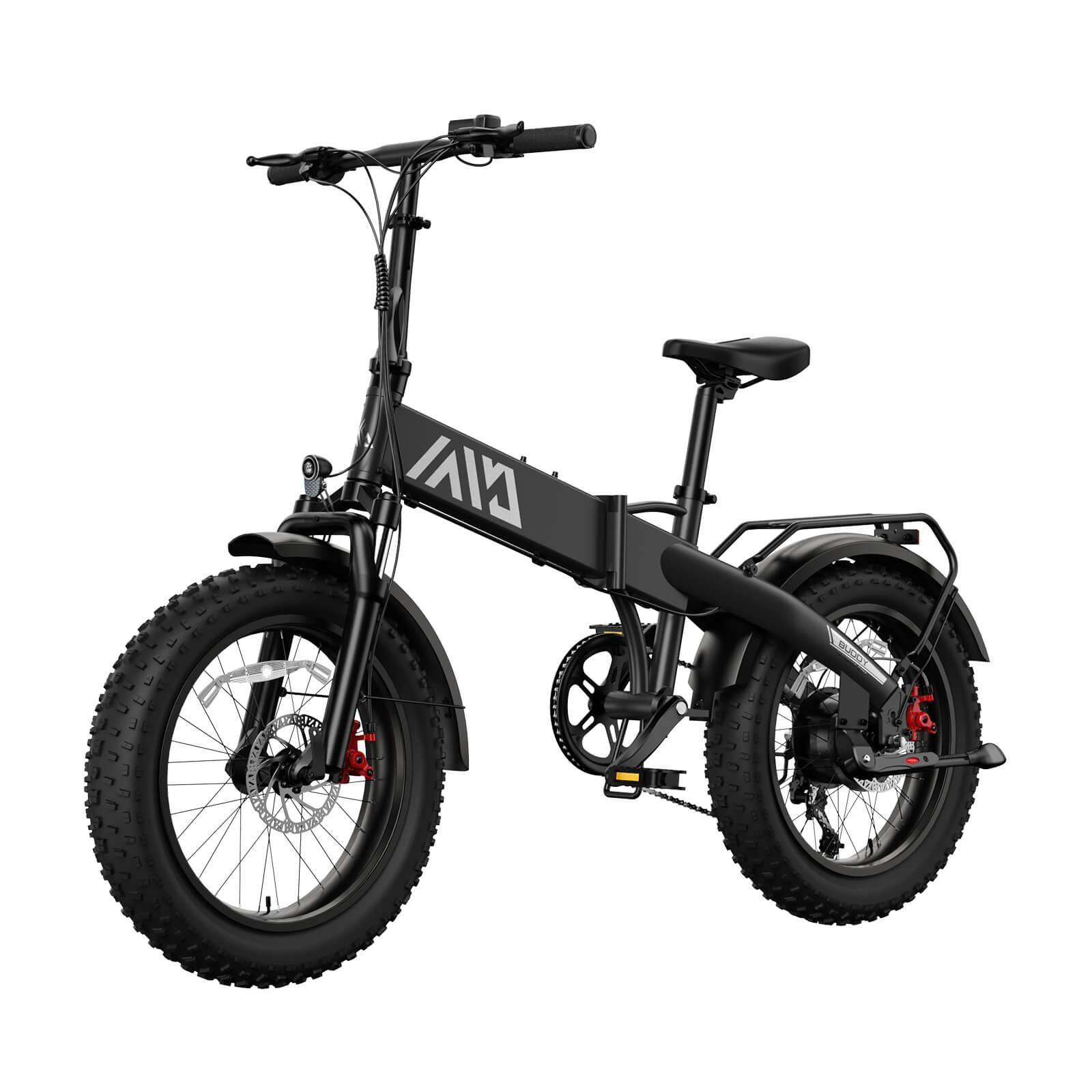
Leave a comment
This site is protected by hCaptcha and the hCaptcha Privacy Policy and Terms of Service apply.